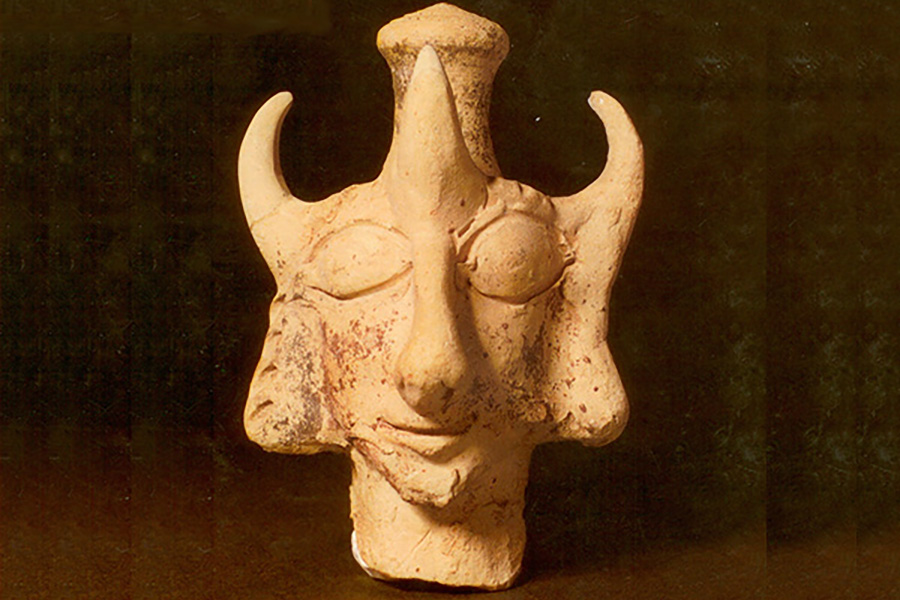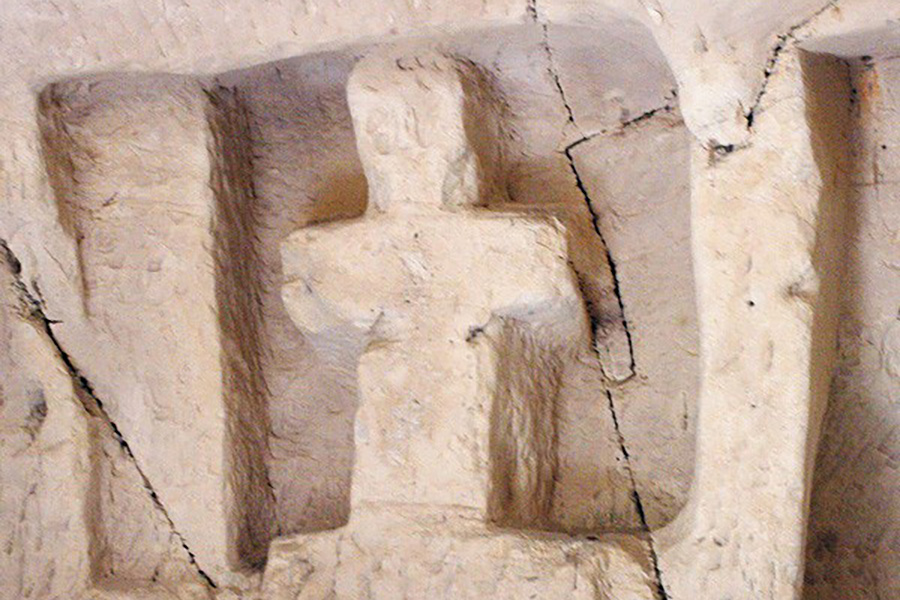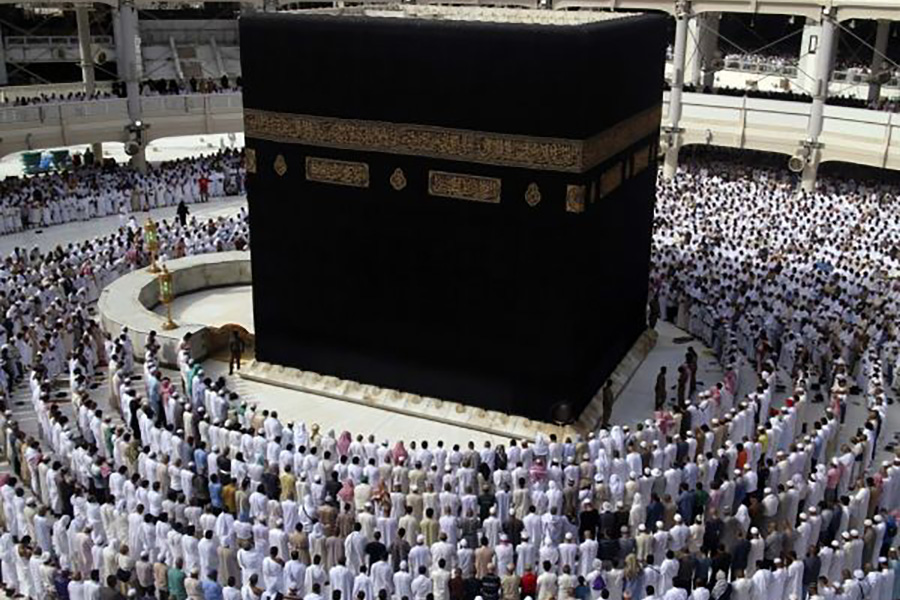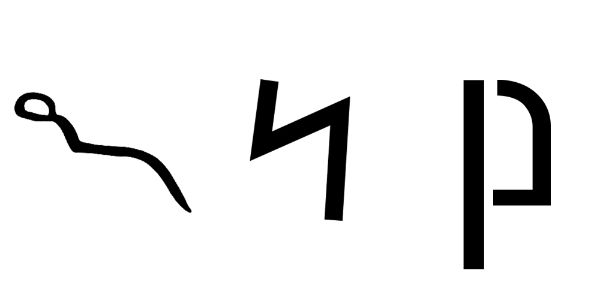The word Qauas (𐤒𐤅𐤎) means “Qos” or “Kos” in Latin, the national alah of the 𐤀𐤃𐤅𐤌𐤉𐤌 (Adauamayam). Also, it can be translated into Qibla.
The Paleo-Hebrew language or the original language of the Ābarayam is one spoken with an emphasis on the rauakh (breath, wind, spirit). With the language of the Ābarayam, each letter has a meaning and a number associated with it that adds meaning to each word they’re used with. Below you will be able to learn more about the letter in Ancient Hebrew, Yiddish Hebrew, Greek, and much more.
Letter Meanings
| Letter | Meaning |
|---|---|
| 𐤒 (q) – qa | divide, sun on the horizon, behind, gather, condense, go around, circle |
| 𐤅 (u) – ua [ýa] | and, nail, tent peg, hook, to secure, connect, Messiah |
| 𐤎 (s) – sa | shield, pierce, sharp, support, prop, hate, hand on staff |
| Ābarayat Number | 713 = 100 (q) + 6 (u) + 60 (s) |
| Hebrew Gematria | 362 = 70 (q) + 1 (a) + 200 (u) + 1 (a) + 90 (s) |
| English Gematria | 354 = 102 (q) + 6 (a) + 126 (u) + 6 (a) + 114 (s) |
| Simple Gematria | 59 = 17 (q) + 1 (a) + 21 (u) + 1 (a) + 19 (s) |
Based on the meaning of the letters the word could be defined as:
- “divide to secure hate”
- “divide Messiah to pierce”
- “gather to secure support”
- “gather to secure hate”
- “gather to secure a shield”
Definitions for 𐤒𐤅𐤎 / qauas
| Language | Word | Transliteration | Pronunciation | Definition |
|---|---|---|---|---|
| Ābarayat | 𐤒𐤅𐤎 | qauas | ka-oos | The national god of the Adauamayam. |
| English | Qos | Qos | k-oze | Unknown |
| Hebrew | קוס | Qos | k-oze | the national god of the Edomites. |
| Arabic | قبلة or قوس | qibla or qus | k-ib-la or k-oze | (1) kiss, caress, osculation |
| Greek | Κῶς or Kωζαι | Kós | koce | Cos, an island in the Aegean Sea, southwest of Asia Minor. |
Images for 𐤒𐤅𐤎 / qauas



History of Qauas Alahayam
𐤒𐤅𐤎 (Qauas) was the national 𐤀𐤋𐤄 (alah) of the 𐤀𐤃𐤅𐤌𐤉𐤌 (Adauamayam). In their eyes, he was the rival of 𐤉𐤄 (Yah), and structurally parallel to him. Thus, Benqos (son of Qōs) parallels the Hebrew Beniyahu (son of Yahauah). The name occurs only twice in the Old Testament in a personal name, Barqos (‘Qōs gleamed forth’), referring to the ‘father’ of a family or clan of perhaps 𐤀𐤃𐤅𐤌𐤉𐤌 (Adauamayam) temple helpers returning from the Babylonian exile.
The name itself may mean bow. Unlike the chief god of the 𐤏𐤌𐤅𐤍𐤉𐤌 (Āmauanayam) named 𐤌𐤋𐤊𐤌 (Malakam) and the 𐤌𐤅𐤀𐤁𐤉𐤌 (Mauaabayam) named 𐤊𐤌𐤅𐤔 (Kamauash), the 𐤕𐤍𐤊 (Tanak) refrains from explicitly naming the “Edomite god”. 𐤒𐤅𐤎 (Qauas) became identified with Quzah, “the archer” in the north Arabian pantheon, worshiped both as a mountain and a weather god. The similarity of the name would have permitted their assimilation of him to the Arabian god of the rainbow, qaws quzaḥ.
His worship appears to originally have been located in the Ḥismā area of southern 𐤉𐤓𐤃𐤍 (Yaradan) and north 𐤏𐤓𐤁𐤉 (Ārabay), where a mountain, “Jabal al-Qaus”, still bears that name. He entered the “Edomite pantheon” as early as the 8th century B.C. (3125 A.M.) Prior to his placement as the “Edomite god”, they worshipped 𐤉𐤄𐤅𐤄 (Yahauah) / 𐤉𐤄𐤉𐤄 (Yahayah)—a connection going back to the early 𐤌𐤑𐤓𐤉𐤌 (Matsarayam) references to “YWH in the land of the Shasu”—and the former then overlaid the latter and assumed supremacy there when the 𐤀𐤃𐤅𐤌𐤉𐤌 (Adauamayam) lost their autonomy under 𐤐𐤓𐤎𐤉 (Parasay) rule.
This perhaps compensates for the destruction of national independence, a mechanism similar to that of the strengthening of 𐤉𐤄𐤅𐤄 (Yahauah) / 𐤉𐤄𐤉𐤄 (Yahayah) worship after the fall of the kingdom. 𐤒𐤅𐤎 (Qauas) is described as a “King”, is associated with light, and is defined as “mighty”. His works are described as ones where he “adorns, avenges, blesses, chooses, gives.”
Costobarus I, whose name meant “Qōs is mighty” was a native 𐤀𐤃𐤅𐤌𐤉𐤌 (Adauamayam) descended from a priestly family attached to this cult. After 𐤄𐤅𐤓𐤃𐤅𐤎 (Hauaradauas) had placed him in command over 𐤀𐤃𐤅𐤌𐤉 (Adauamay), Costobarus, supported by Cleopatra, eventually tried to prise the kingdom from 𐤄𐤅𐤓𐤃𐤅𐤎 (Hauaradauas)’s 𐤉𐤄𐤅𐤃𐤄𐤉𐤌 (Yahauadahayam) / 𐤉𐤄𐤉𐤃𐤄𐤉𐤌 (Yahayadahayam). In order to garner local support for his defection, he revived the old cult of 𐤒𐤅𐤎 (Qauas), perhaps to get 𐤀𐤃𐤅𐤌𐤉 (Adauamay)’s rural population, still attached to its traditional gods, to back him.
The name recurs in the “Nabataean language” in an inscription at Khirbet et-Tannur, where he is represented flanked by bulls, seated on a throne while wielding in his left hand a multi-pronged thunderbolt, suggestive of a function as a weather god. The multi-pronged thunderbolt is the same imagery used by Greek god Zeus, Roman god Jupiter/Jove, Canaanite Ba’al, and Sumerian Enlil.
Definitions for 𐤒𐤅𐤎𐤉 / qauasay
When adding the 𐤉 (yad) to the end of a word, it creates a possessive of the original word. It can either signify “my…” or identify a member of a nation. For example, 𐤏𐤁𐤓 (Ābar) is the progenitor, but 𐤏𐤁𐤓𐤉 (Ābaray) is the singular descendant of him also known as a Hebrew.
| Language | Word | Transliteration | Pronunciation | Definition |
|---|---|---|---|---|
| Ābarayat | 𐤒𐤅𐤎𐤉 | qauasay | ka-oo-sey | |
| English | ||||
| Hebrew | ||||
| Arabic | ||||
| Greek |
Images for 𐤒𐤅𐤎𐤉 / qauasay


Definitions for 𐤒𐤅𐤎𐤉𐤌 / qauasayam
When adding the 𐤌 (mayam) after the 𐤉 (yad) to the end of a word, it creates a plural of the original word. It can identify multiple members of a nation. For example, 𐤏𐤁𐤓 (Ābar) is the progenitor, but 𐤏𐤁𐤓𐤉𐤌 (Ābarayam) are the plural descendants of him also known as Hebrews.
| Language | Word | Transliteration | Pronunciation | Definition |
|---|---|---|---|---|
| Ābarayat | 𐤒𐤅𐤎𐤉𐤌 | qauasayam | ka-oos-yawm | |
| English | ||||
| Hebrew | ||||
| Arabic | ||||
| Greek |
Images for 𐤒𐤅𐤎𐤉𐤌 / qauasayam


Definitions for 𐤒𐤅𐤎𐤉𐤕 / qauasayat
When adding the 𐤕 (tau) after the 𐤉 (yad) to the end of a word, it creates a plural of the original word. It identifies the language or a sign of a nation’s existence. For example, 𐤏𐤁𐤓 (Ābar) is the progenitor, but 𐤏𐤁𐤓𐤉𐤕 (Ābarayat) is the language of him also known as Paleo-Hebrew language.
| Language | Word | Transliteration | Pronunciation | Definition |
|---|---|---|---|---|
| Ābarayat | 𐤒𐤅𐤎𐤉𐤕 | qauasayat | ka-oos-yawt | |
| English | ||||
| Hebrew | ||||
| Arabic | ||||
| Greek |
Images for 𐤒𐤅𐤎𐤉𐤕 / qauasayat


Classification
You can continue your studies of the words by viewing Strong’s entries for:




